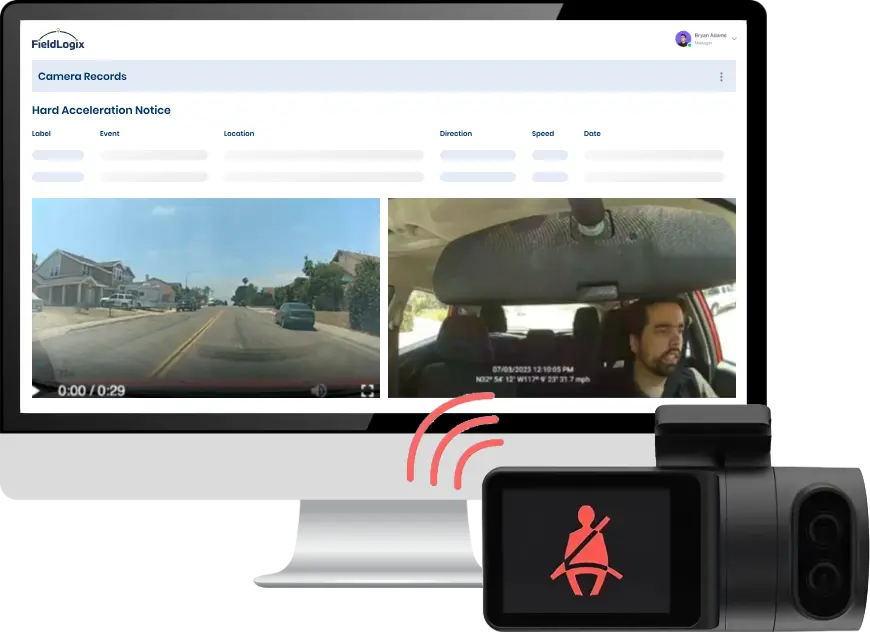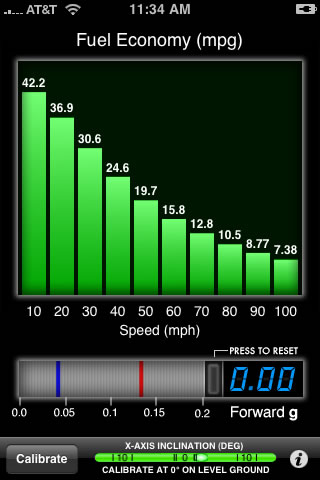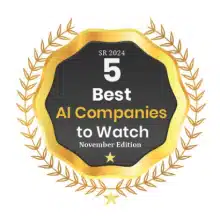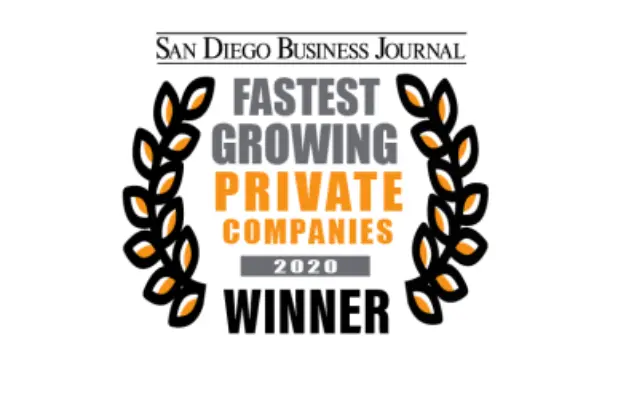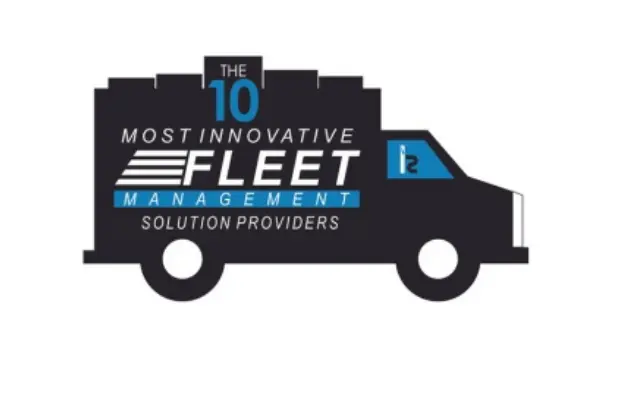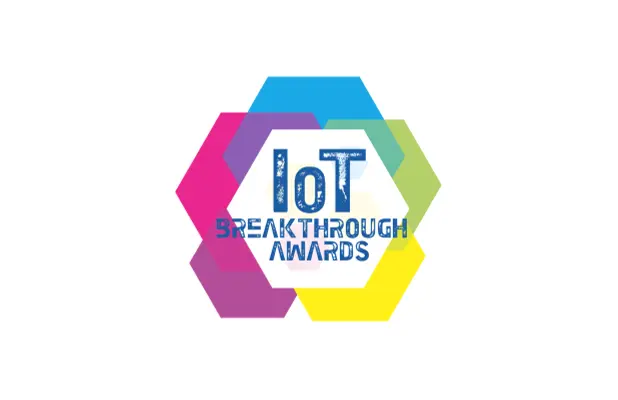Pay As You Drive Auto Insurance Gains Popularity
Telematics usage based auto insurance, aka Pay-As-You-Drive auto insurance programs, are becoming very popular. Why? Because it saves drivers money! Pay-as-you-go insurance can provide drivers big discounts, up to 54% according to GMAC. Usage based insurance, also known as pay as you drive (or PAYD) is a type of automobile insurance whereby the costs of auto insurance are dependent upon type of vehicle used, and measures against a driver’s time, distance and place. Pay as you drive (PAYD) means that the insurance premium is calculated dynamically, typically according to the amount you drive.
What is Pay As You Drive Auto Insurance?
There are a few different types of coverage for usage based auto insurance:
1. Coverage is based on the odometer reading of the vehicle.
2. Coverage is based on the number of minutes the vehicle is being used as recorded by a vehicle-independent module transmitting data via cellphone or RF technology.
3. Coverage is based on other data collected from the vehicle, including speed and time-of-day information in addition to distance or time traveled.
